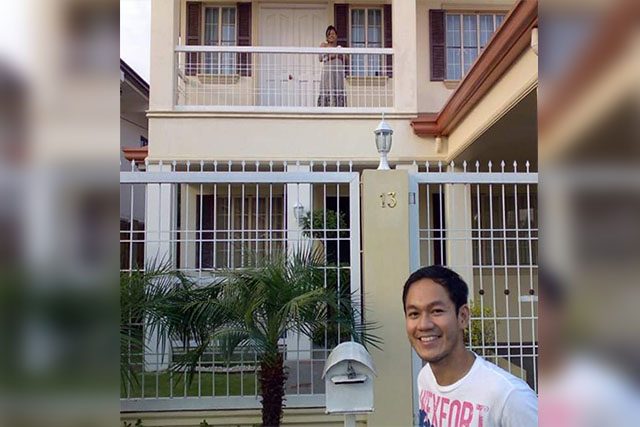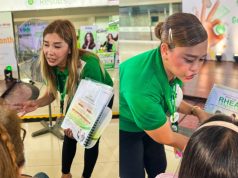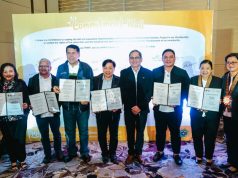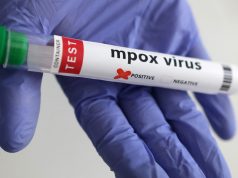
A mother recently recalled how she gave birth to her first-born during the 2009 H1N1 pandemic, the most recent flu outbreak before COVID-19 pandemic.
Nikki Dizon, 37, in an open letter on Facebook, shared that she gave birth to her eldest child while her husband Ron was away after having tested positive for AH1N1, also known as swine flu.
“I gave birth to our first-born, on the same day as our first wedding, and Father’s Day to boot– with no husband beside me,” Nikki wrote.
Nikki shared her story online after Sen. Koko Pimentel tested positive for COVID-19 last March 24.
Pimentel drew flak for accompanying his then-pregnant wife, Kathryna, in a private hospital in Makati City, despite suspecting he could have COVID-19.
The senator only learned that he was infected by the novel coronavirus hours after his hospital visit but he had himself detected four days before that.
Koko was then flagged by the Makati Medical Center for breaching its hospital infection control protocols.
“We denounce the irresponsible and reckless actions of the senator. He added to the burden of a hospital trying to respond in its competent and aggressive manner to cope with the daunting challenges of this COVID-19 outbreak,” the MMC said.
He also received criticisms from online users who condemned how he endangered the lives of MMC health workers, patients, his wife and his child.
READ: Can Pimentel be held liable for breaching quarantine rules?
Nikki addressed the senator in an open letter posted on Facebook and reminded him of her and spouse’s decision to stay apart during the 2009 pandemic.
“So Senator Koko… back in 2009, days into my due date, we found out my husband was positive with Ah1n1(swine flu pandemic). We made that hard and responsible decision to be apart despite this supposed exciting shared moment of our lives,” she shared.
Childbirth during pandemic
The Filipina mother shared her hardships before the delivery of her son. She shared that since her husband was H1N1 positive she was also a potential carrier.
“There was no way for me to get tested while I was in labor. So I gave birth to my son, and the doctors immediately whisked him away from me. I didn’t even get to hold him,” Nikki said.
“After giving birth I was immediately tested for Ah1n1. But since the machines at RITM (Research Institute for Tropical Medicine) were already breaking down from the volume of tests and the long queue, and yeah I wasn’t VIP– I couldn’t get my results until a week later,” she said.
“For a full week, I was a new mother with no baby nor husband. We’d call RITM everyday, fervently hoping that my results would come out negative. Because only then can I finally hold my baby (who was at that time under the care of my cousin and nurses we hired for 24/7),” she continued.
Nikki said she only got to hold her baby boy after her results came in which turned out to be negative.
She ended her lengthy open letter with the message:
It wasn’t easy. But it was the RIGHT thing to do.
Nikki’s post uploaded on March 25 earned more than 24,000 reactions on Facebook and was shared over 7,400 times.
Protocols for childbirth in COVID-19 era
On Thursday, Koko asked the Department of Health “to come up with protocols on ‘childbirth in the (COVID-19) era’ just in case they haven’t yet.”
“Pregnant women are one of the most vulnerable at this time. They worry about (COVID-19) and they worry about their pregnancy,” the senator said in a message to the press.
“Hence professional competent attention to this matter must now be given by our experts. A game plan should be put in place for (COVID-positive) mothers-to-be,” he added.
Brief timeline of H1N1 pandemic
According to Centers for Disease Control and Prevention, the 2009 H1N1 was first detected in the United States in April 2009.
The World Health Organization declared it a global pandemic on June 11, 2009 with a total of 74 countries and territories that reported laboratory-confirmed infections.
“Genetic analyses of this virus have shown that it originated from animal influenza viruses and is unrelated to the human seasonal H1N1 viruses that have been in general circulation among people since 1977,” the WHO said.
The health organization only declared the H1N1 pandemic’s end on August 10, 2020.









